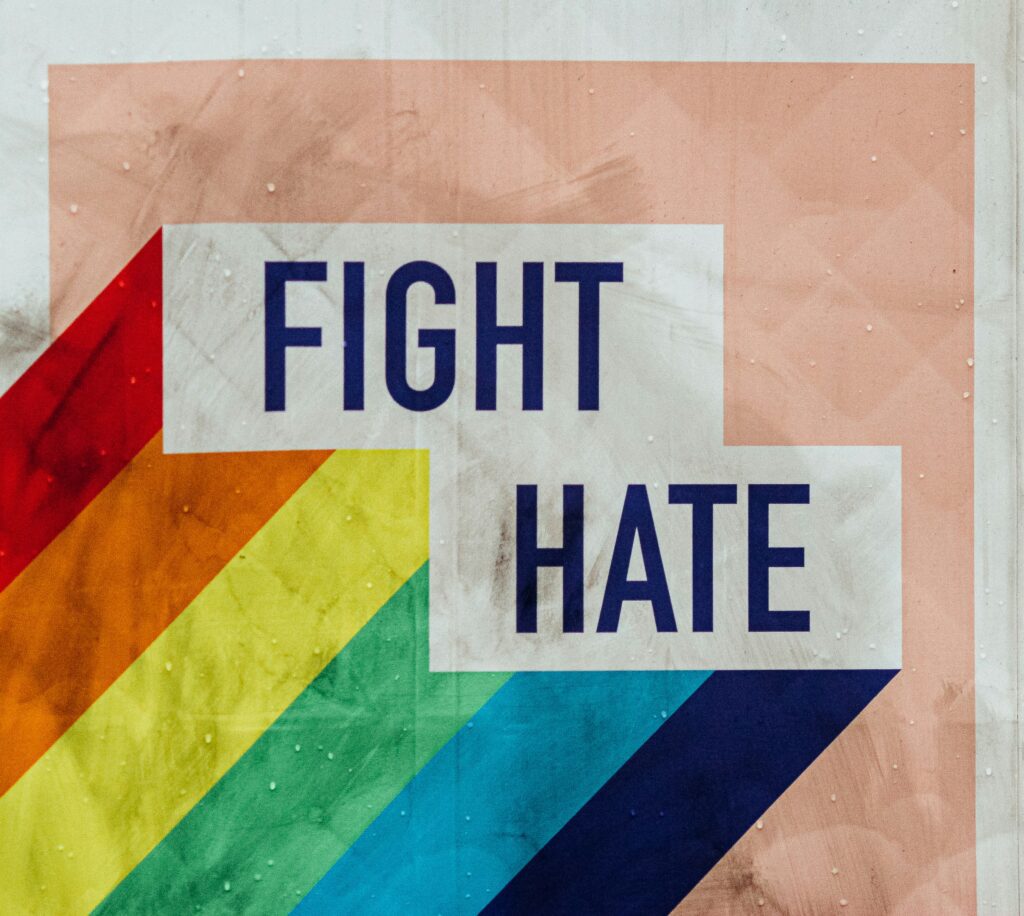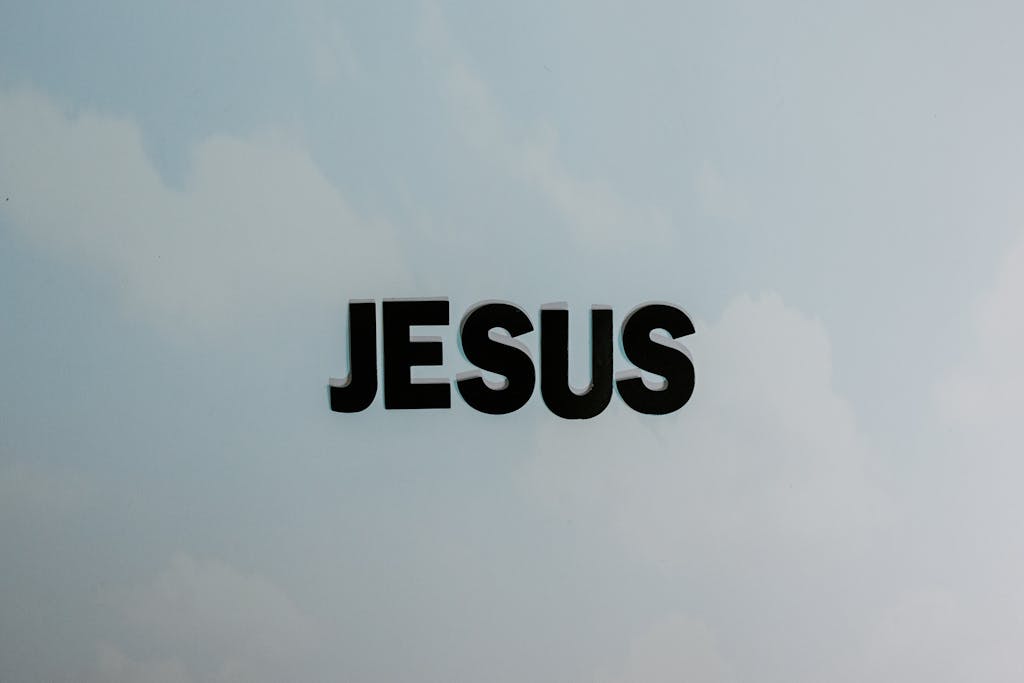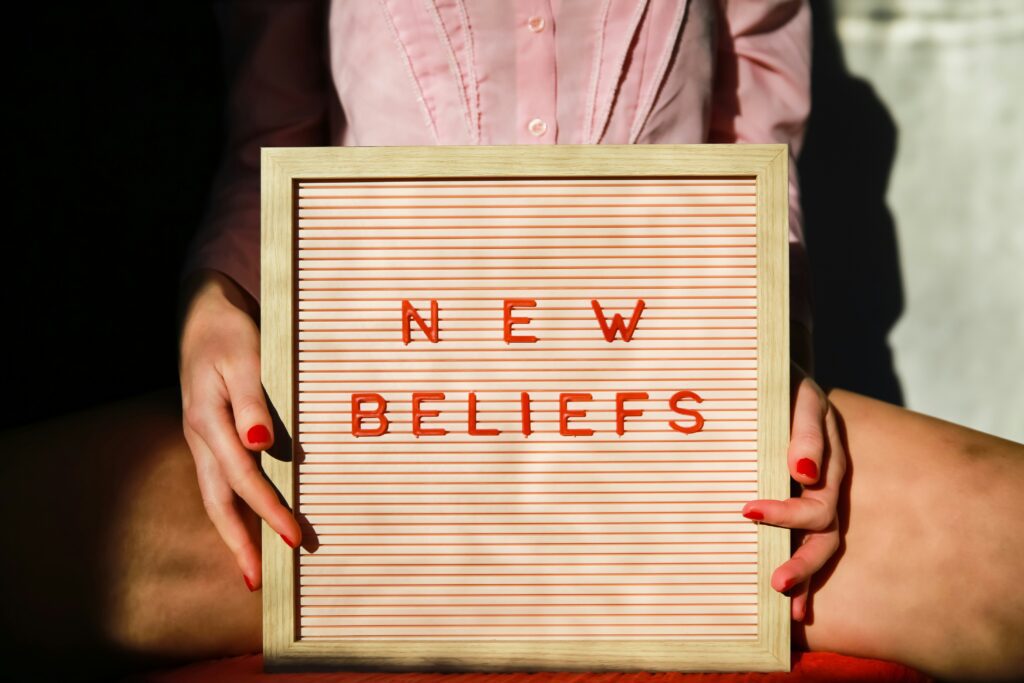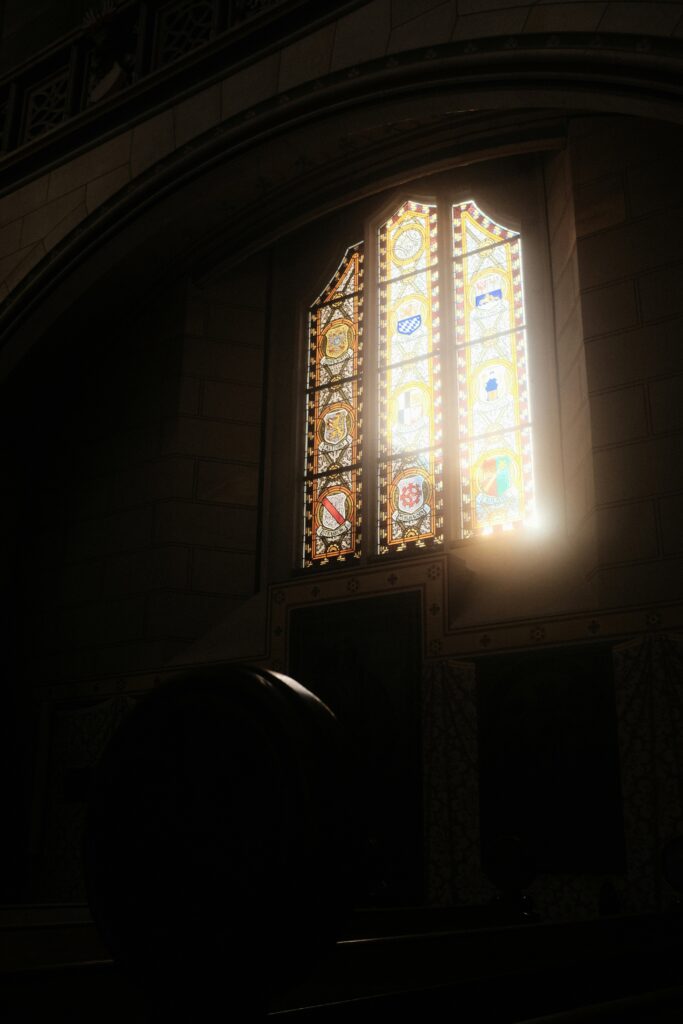Why Radical Inclusion is the Heart of True Christianity
For centuries, the Church has been both a refuge for many and a source of exclusion for others. Walls have been constructed between who belongs and who doesn’t, often in the name of doctrine, tradition, or fear of difference. But at the core of Jesus’s life and teachings lies a radical love—a love that extends beyond boundaries, definitions, or qualifications. It’s time to reclaim that love and rebuild the church on the foundation of radical inclusion.
What might our faith and our world look like if we practiced the kind of radical inclusion Jesus calls us to embody? Let’s explore why this matters, what it means, and how we can courageously live it out.
What is Radical Inclusion?
At its heart, radical inclusion recognizes the sacred worth of every person—without conditions or exceptions. So much more than simply tolerating others or merely extending niceties, it’s about reflecting God’s boundless love in our actions and attitudes, and affirming that all people are deserving of dignity, belonging, and love.
Radical inclusion dismantles the barriers that have historically separated people in the Church—whether those barriers are based on race, gender, sexuality, socioeconomic status, or differing belief systems. It invites us to challenge exclusionary norms and instead see the divine in every person, no matter their story or identity.
This isn’t just a nice-sounding concept; it’s the essence of what Christianity calls “discipleship.” After all, Jesus spent much of his ministry alongside the marginalized. He dined with sinners, spoke with foreign women, and embraced those considered untouchable. He regularly confronted divisive religious norms, while challenging oppressive cultural systems.
What Does Scripture Say?
Throughout the Bible, we see a consistent call for inclusion and love that extends far and wide.
- Jesus’ encounters with the outcast—Whether it’s the Samaritan woman at the well (John 4) or the healing of the leper (Luke 5), Jesus challenges the societal and religious boundaries of his day.
- The early Church—Paul was crystal clear to an early church community he founded (in Galatia). “There is neither Jew nor Gentile, neither slave nor free, neither male and female, for you are all one in Christ Jesus.” This profound declaration erases human-designed divisions in God’s Kingdom.
- The Parables—Stories like the Good Samaritan and the Prodigal Son remind us that divine love surpasses human judgment! They call us to widen our circle of care beyond .
Cherry-picking snippets of Scripture to fit a divisive narrative doesn’t change this truth. Radical inclusion is inherent to the Gospel. Far from a modern concept, it’s deeply rooted in the faith we profess. So the question isn’t about its importance–it’s whether we will live into it.
Why Radical Inclusion Is Necessary
For way too long, the Church has drawn lines, trying to define who is and isn’t “acceptable.” But those lines, meant to define holiness and orthodoxy, do far more harm than good to Jesus’ mission.
- The Harm of Exclusion
Exclusion in the name of faith hasn’t just alienated individuals; it has left scars. LGBTQ+ people, women, people of color, and those questioning their faith often hear the message that they don’t belong—not explicitly in every case, but through unspoken rules, judgmental glances, and restrictive theologies. And when our faith becomes a gatekeeping mechanism, we fall dangerously far from the radical love Jesus embodied. - Healing Fractured Communities
Radical inclusion is an act of healing. It disrupts cycles of division and calls us into a deeper reflection of God’s Kingdom. By practicing love over fear, grace over judgment, and openness over exclusion, the church becomes a safe haven where everyone can experience belonging. - Faith that Evolves
Faith isn’t static. It is alive, growing with us as we encounter new perspectives and truths. As such, radical inclusion requires courage because it pushes us to question long-held dogmas and reinterpret scripture in light of love. But isn’t a dynamic, evolving faith closer to the way of Jesus than rigid institutions unable to adapt?
How to Practice Radical Inclusion
Committing to radical inclusion isn’t just a theoretical exercise—it’s a daily practice, a lived choice. If you’re wondering how to embody this in your faith communities and personal life, here are some actionable steps:
1. Welcome Without Conditions
Don’t qualify people’s belonging by their alignment with belief systems, lifestyle choices, or traditions. Instead, create spaces where people feel embraced exactly as they are. Ask yourself, “Who isn’t here, and why might that be? Who have we unintentionally excluded, and what needs to change?”
2. Challenge Biases and Norms
Inclusion requires courage to call out harmful practices, even within your own community. Silence is complicity. Speak out against bigotry disguised as “faithfulness” and stand beside those who have been rejected.
3. Listen and Learn with Humility
Often, practicing radical inclusion starts with listening. It means hearing the experiences of marginalized individuals without defensiveness or the need to respond. Their insights can shape how we love more fully and inclusively. Reflect on these questions:
- Have I truly heard the voices of people historically excluded by my faith tradition?
- Am I open to viewing God’s work in ways I may not initially understand?
4. Elevate Marginalized Voices
Inclusion isn’t just about inviting people to the table–it’s about amplifying their voices. How can you give platforms to leaders who represent diverse experiences?
5. Center Love and Grace
Above all, radical inclusion asks us to reflect Christ in every interaction. It challenges us to replace judgment with curiosity, assumptions with grace, and fear with courageous love.
When we shift our focus from enforcing rules to embodying grace, we move closer to living the gospel.
A Church Reimagined
Can you imagine a church where everyone—single moms, LGBTQ+ youth, refugees, recovering addicts, the doubters and the devout—all feel equally welcomed, not as outsiders waiting to prove their worth, but as full participants in the beloved community?
This is the Church God intends. A church that reflects the expansive, unbounded, and unconditional love of Christ.
Living into radical inclusion may require unlearning harmful traditions and confronting uncomfortable truths about our history. But it also invites us into something more beautiful—a faith that is active, alive, and fully aligned with God’s heart.
The Inclusive Christian exists to make this vision a reality. We’re here for those told they don’t belong in the pews and for those who believe that Christianity can and should be something better.
What would it look like for you to practice radical inclusion today? How can you help build a faith community that truly reflects God’s welcoming love?
Because remember this: You belong. Always.
Meta Data
Meta Title: Why Radical Inclusion is the Heart of Christianity
Meta Description: Discover how radical inclusion reflects Jesus’s ministry and how to practice this love in your faith and church community.







